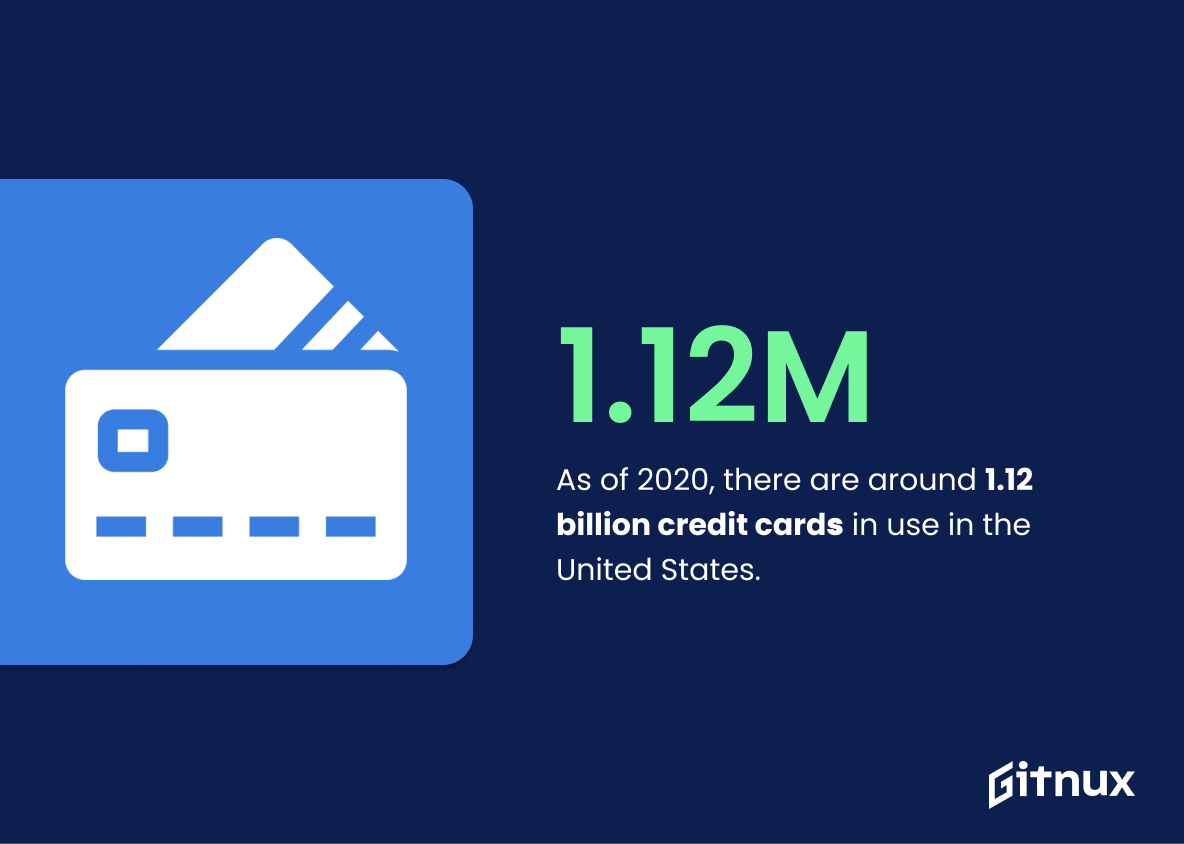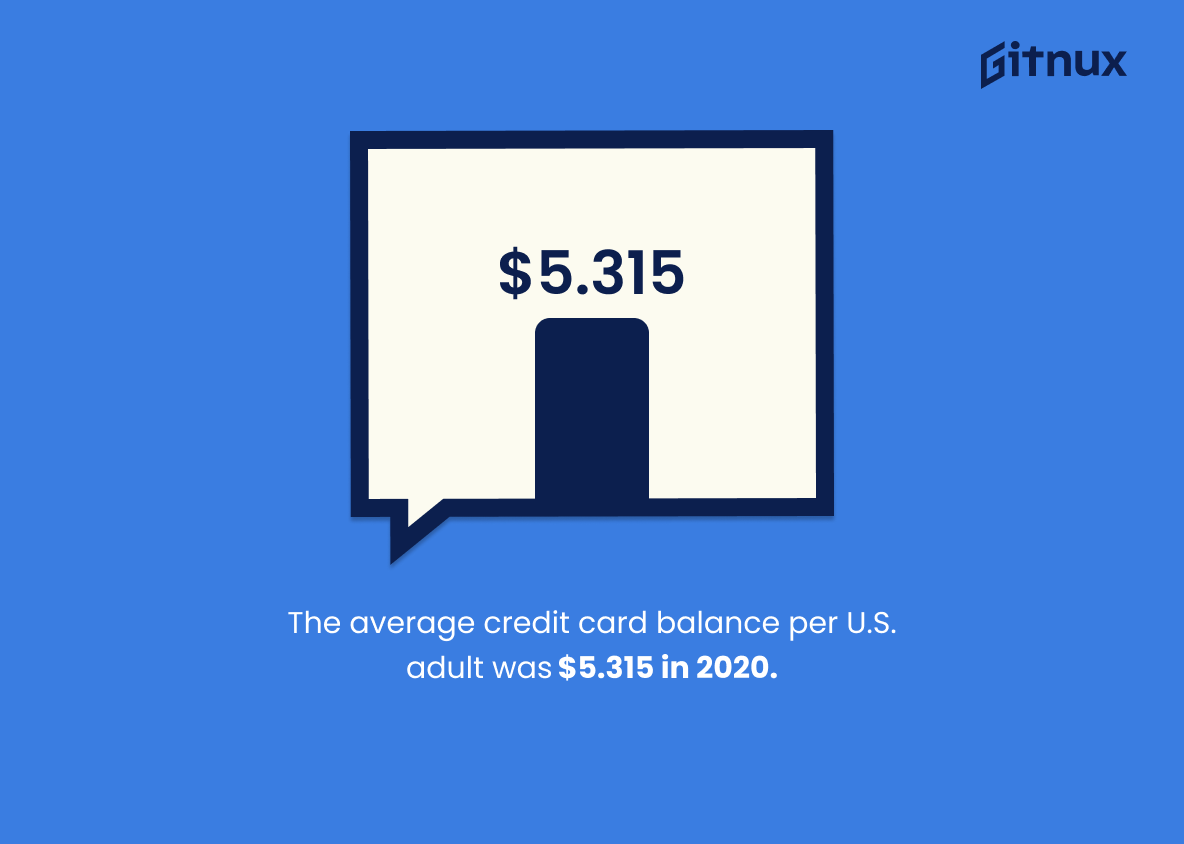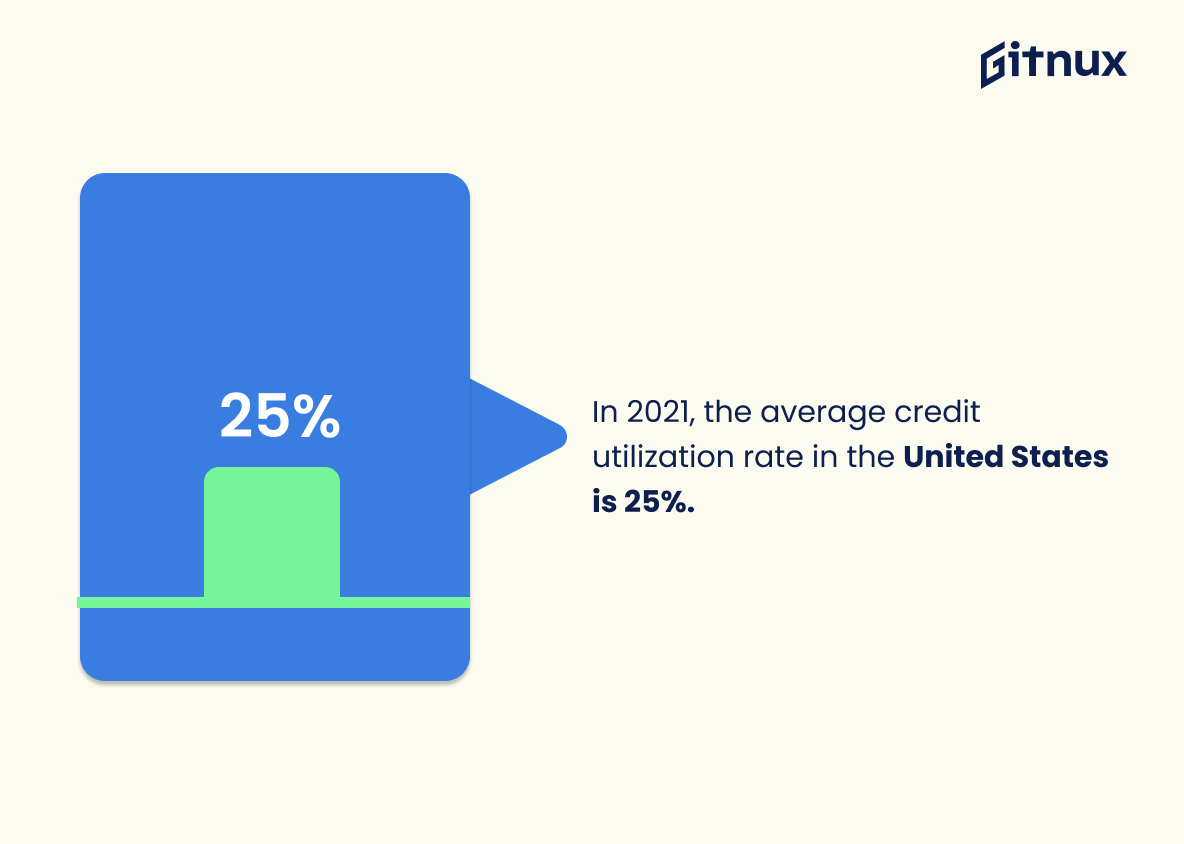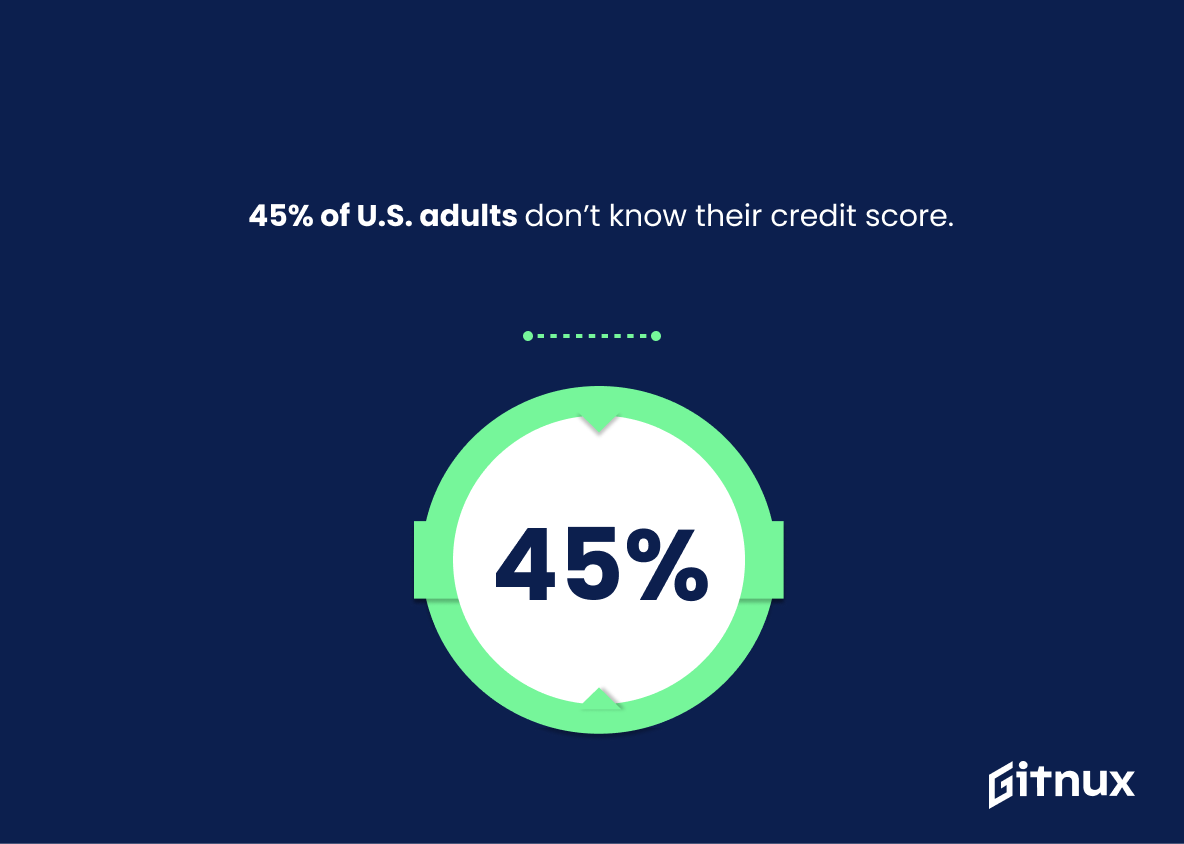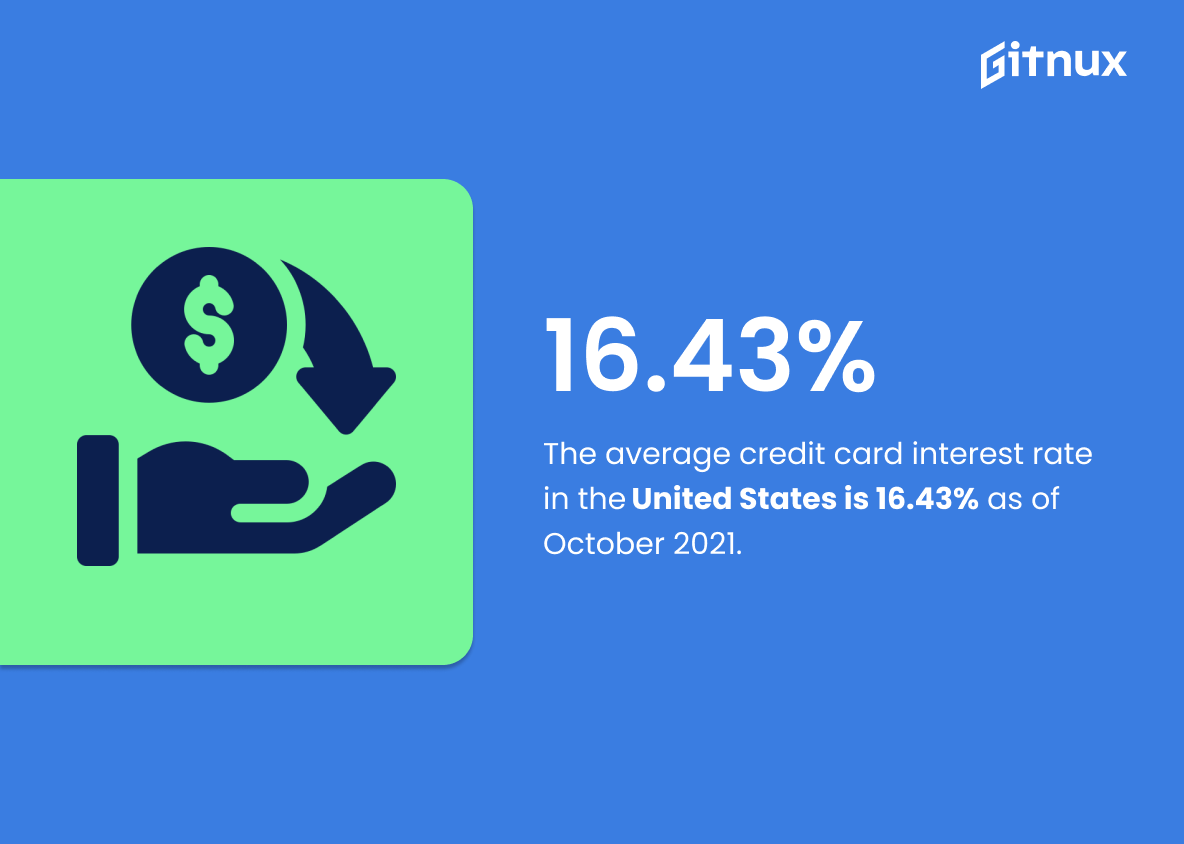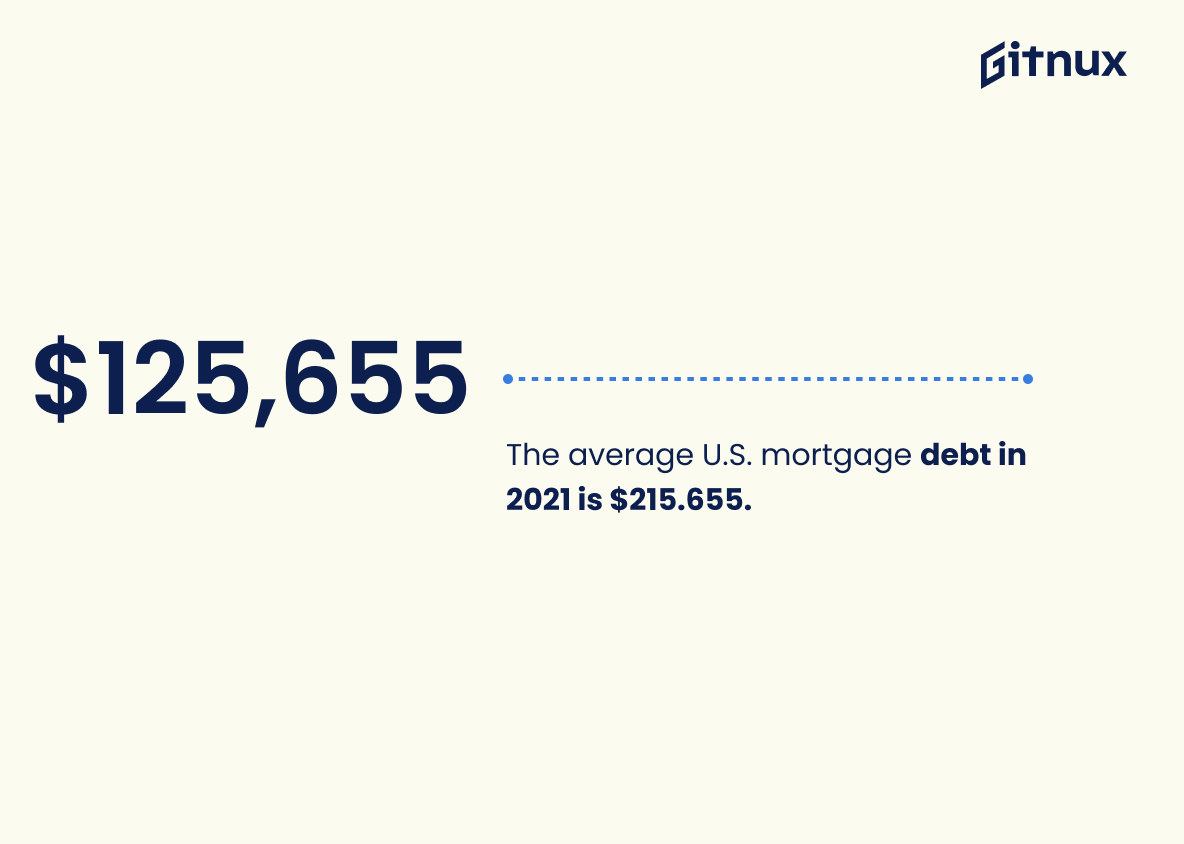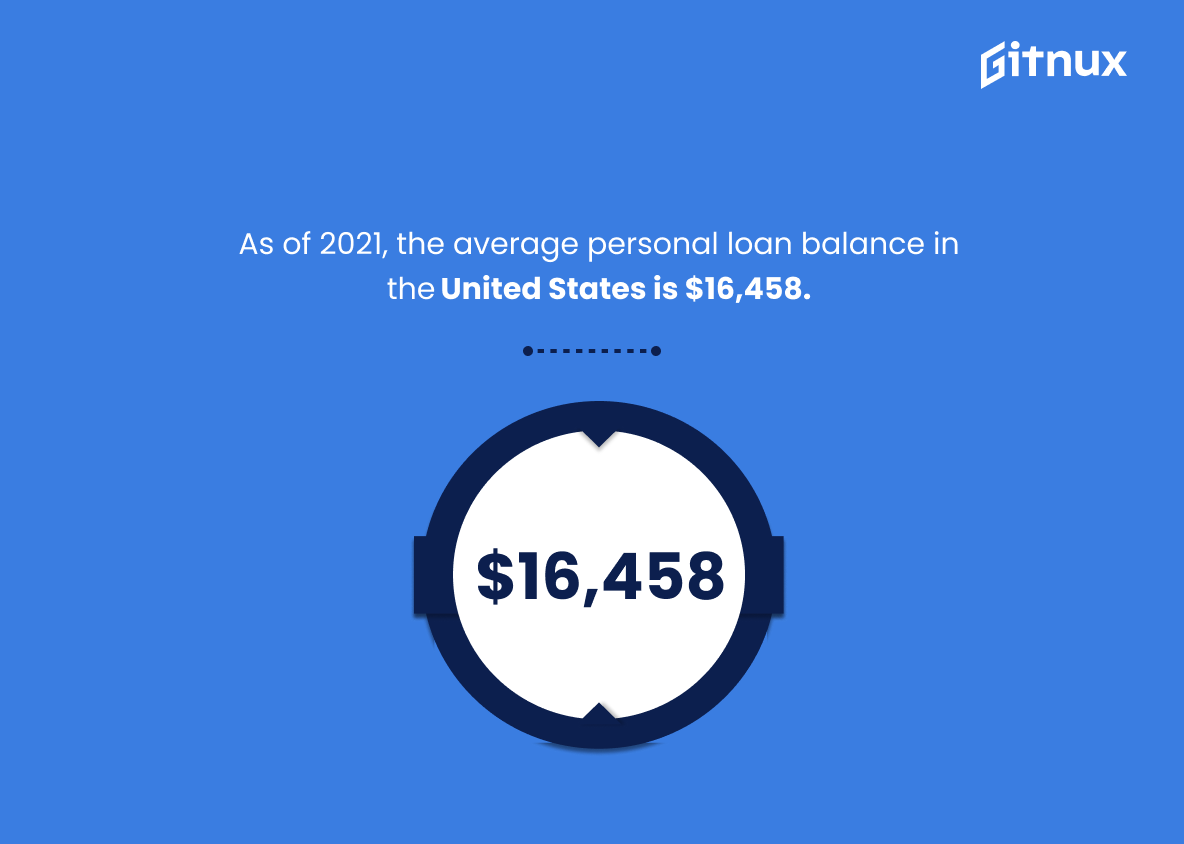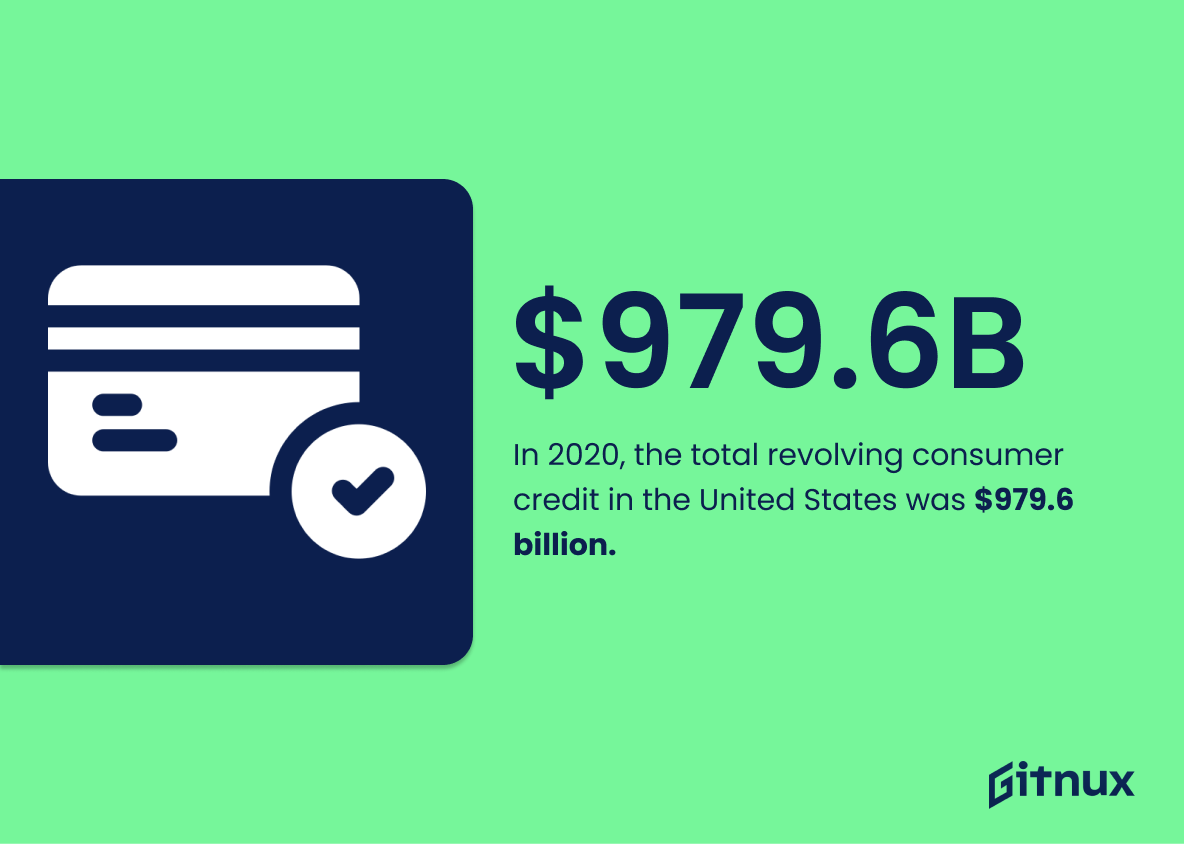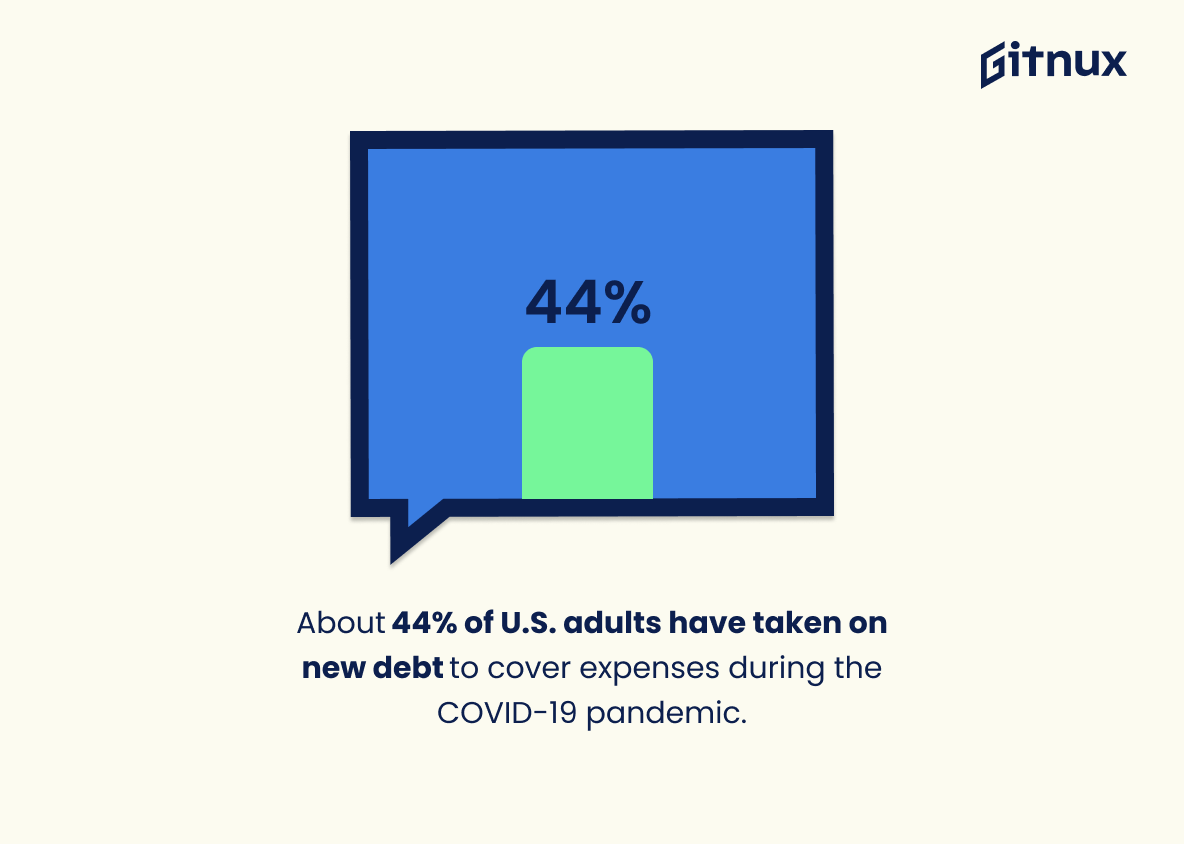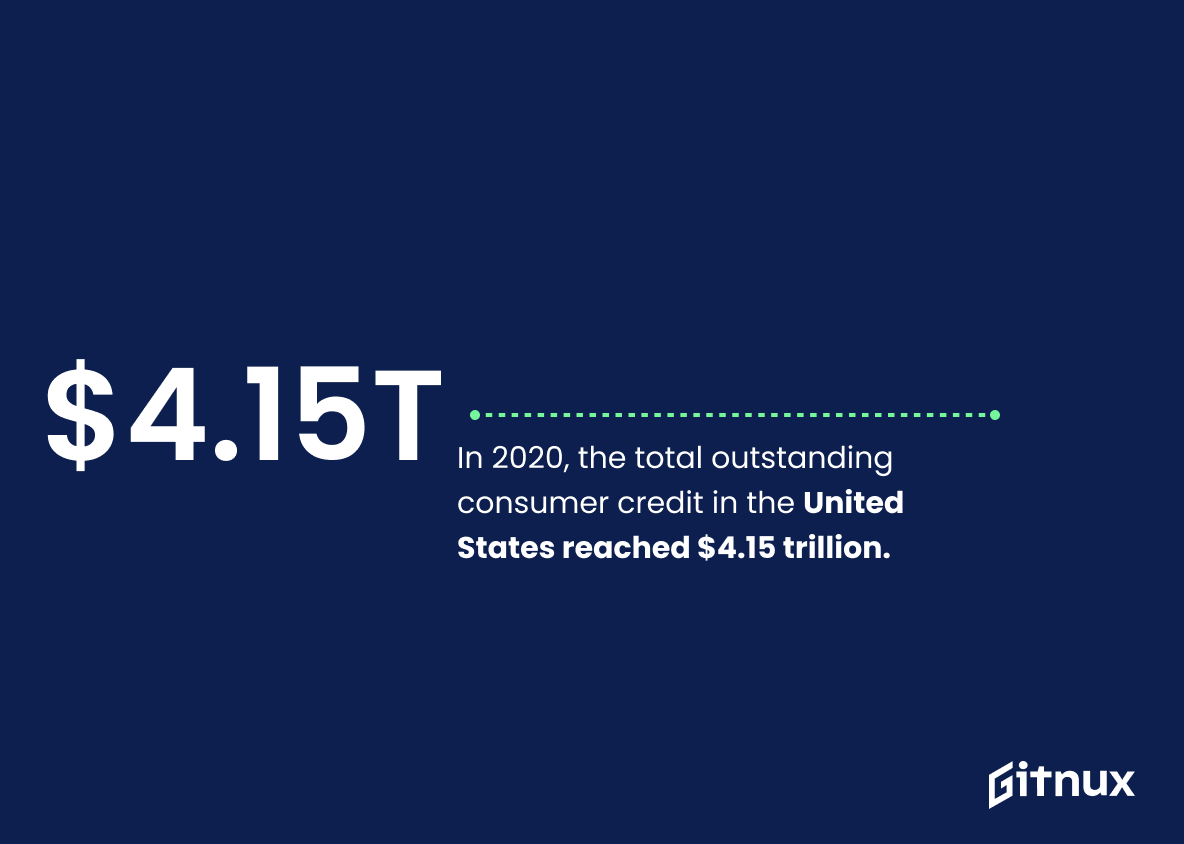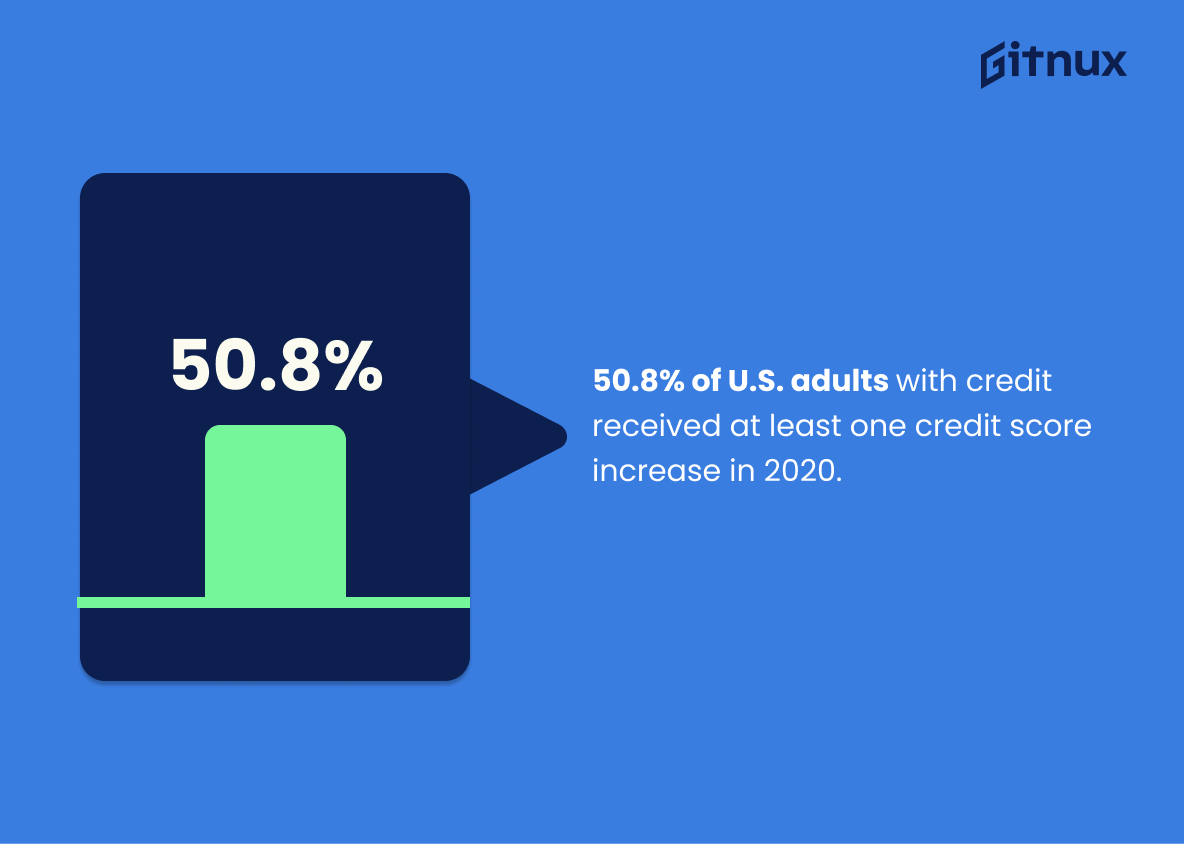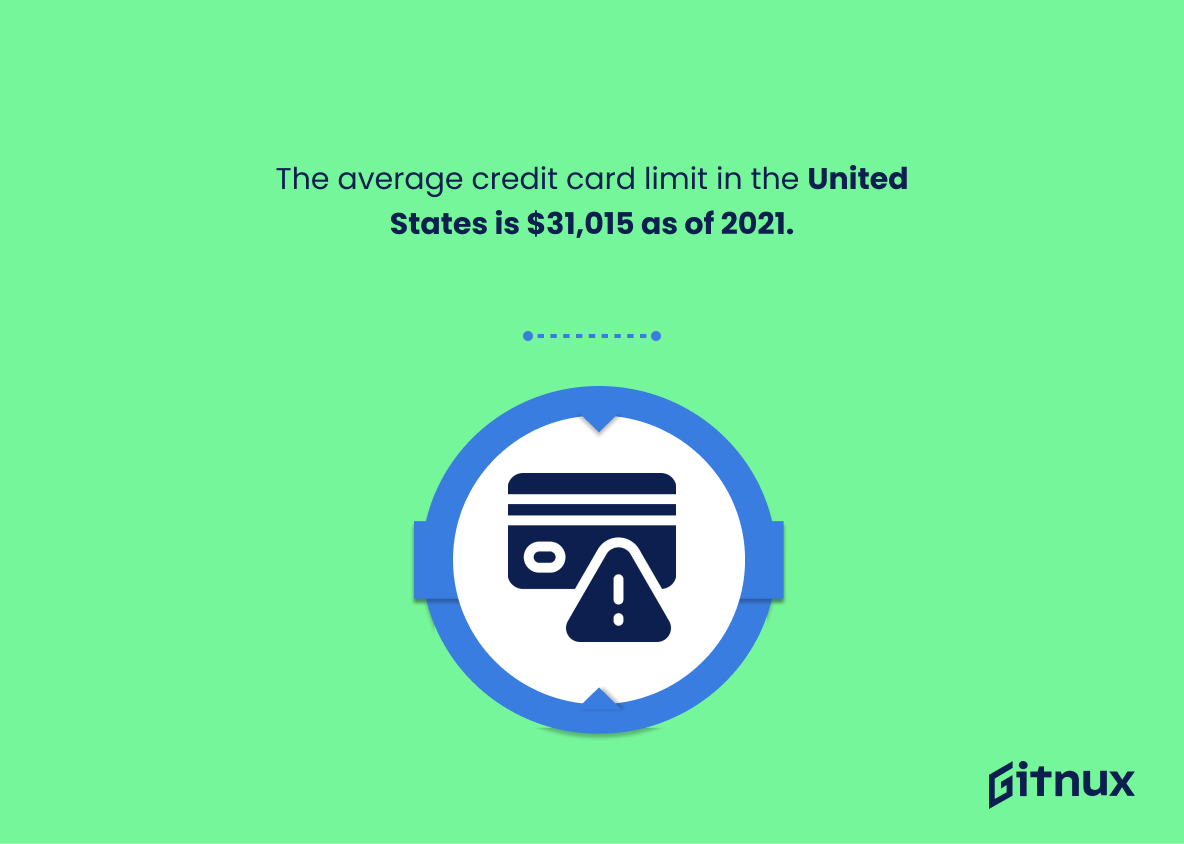Credit is an important part of our financial lives, and understanding the statistics behind it can help us make better decisions. In this blog post, we’ll take a look at 20 credit-related statistics from 2021 that will give you insight into how Americans are using their credit cards, mortgages, student loans and other forms of debt. We’ll explore topics such as average FICO scores in the United States, total U.S. student loan debt levels, number of credit cards in use by adults in the country and more. By learning about these key figures related to consumer borrowing habits across America today, you can gain valuable knowledge on how best to manage your own finances going forward.
This statistic is a crucial indicator of the overall credit health of the United States. It provides a snapshot of the average creditworthiness of the population, and can be used to compare the creditworthiness of different groups of people. It can also be used to identify trends in creditworthiness over time, and to assess the impact of economic and policy changes on creditworthiness. As such, this statistic is an invaluable tool for anyone interested in understanding the credit landscape of the United States.
In 2021, the total U.S. student loan debt stands at $1.71 trillion.
This statistic is a stark reminder of the immense financial burden that many Americans are facing due to student loan debt. It serves as a reminder of the need for more accessible and affordable education options, as well as the need for better financial literacy and education to help people make informed decisions about their finances. It is also a reminder of the importance of credit and how it can be used to help people manage their debt and build a better financial future.
Credit Statistics Overview
As of 2020, there are around 1.12 billion credit cards in use in the United States.
This statistic is a telling indication of the prevalence of credit cards in the United States. It speaks to the ubiquity of credit cards in our society and the importance of understanding the implications of using them. It is a key piece of information for anyone looking to gain insight into the world of credit and its impact on our lives.
The average credit card balance per U.S. adult was $5,315 in 2020.
This statistic is a telling indication of the financial state of the average American adult. It paints a picture of the amount of debt that many individuals are carrying and the potential financial burden that can come with it. This statistic is an important factor to consider when discussing credit statistics, as it provides insight into the financial health of the population.
Approximately 53.5% of adults in the United States have a credit card with a rewards program.
This statistic is a telling indication of the prevalence of credit cards with rewards programs in the United States. It demonstrates that a majority of adults in the country have access to these cards, which can be used to their advantage to earn rewards and discounts. This statistic is important to consider when discussing credit statistics, as it provides insight into the current state of credit card usage in the US.
In 2021, the average credit utilization rate in the United States is 25%.
This statistic is a telling indicator of the current state of credit in the United States. It reveals that the average credit utilization rate is relatively low, suggesting that many people are managing their credit responsibly. This is an important point to consider when discussing credit statistics, as it provides insight into the overall financial health of the nation.
45% of U.S. adults don’t know their credit score.
This statistic is a stark reminder of the importance of understanding one’s credit score. Knowing one’s credit score is essential for making informed financial decisions, such as taking out a loan or applying for a credit card. Without this knowledge, individuals may be at risk of making decisions that could have a negative impact on their financial future.
The average credit card interest rate in the United States is 16.43% as of October 2021.
This statistic is a crucial indicator of the current state of credit in the United States. It provides insight into the average cost of borrowing money through credit cards, and can help readers understand the potential financial implications of using credit cards. Additionally, it can be used to compare the current interest rate to past rates, allowing readers to gain a better understanding of how the credit market has changed over time.
In 2020, 64% of U.S. households owned their primary residence, and 37% of these homeowners still had a mortgage.
This statistic is a telling indication of the current state of homeownership in the United States. It reveals that a majority of households own their primary residence, yet a significant portion of them still have a mortgage. This highlights the importance of credit in the process of purchasing a home, and the need for individuals to be mindful of their credit score when considering a mortgage. This statistic is a valuable insight into the current credit landscape and is an important factor to consider when discussing credit statistics.
The average U.S. mortgage debt in 2021 is $215,655.
This statistic is a telling indication of the financial burden many Americans are facing. It highlights the need for individuals to be mindful of their credit and debt, and to be aware of the potential consequences of taking on too much debt. It also serves as a reminder of the importance of budgeting and financial planning, as well as the need for individuals to be aware of the various options available to them when it comes to managing their debt.
In 2021, the total U.S. auto loan debt stands at $1.37 trillion.
This statistic is a stark reminder of the immense amount of debt that Americans are carrying in the form of auto loans. It serves as a warning to those considering taking out a loan for a car, and it highlights the importance of being mindful of one’s financial situation before taking on such a large debt. It also serves as a reminder of the need for financial literacy and education, so that people can make informed decisions about their finances.
As of 2021, the average personal loan balance in the United States is $16,458.
This statistic is a telling indication of the current state of personal loan debt in the United States. It serves as a reminder of the financial burden that many Americans are facing, and the need for responsible borrowing and repayment practices. It is an important piece of information to consider when discussing credit statistics, as it provides insight into the current state of personal loan debt in the country.
In 2020, the total revolving consumer credit in the United States was $979.6 billion.
This statistic is a telling indication of the state of consumer credit in the United States. It reveals the amount of money that consumers are borrowing and spending, and provides insight into the financial health of the nation. It is an important statistic to consider when discussing credit statistics, as it can help to inform decisions about how to manage credit responsibly.
About 44% of U.S. adults have taken on new debt to cover expenses during the COVID-19 pandemic.
This statistic is a stark reminder of the financial hardship that many Americans have faced during the COVID-19 pandemic. It highlights the need for individuals to be aware of their credit and debt situation, and to take steps to ensure that they are not taking on more debt than they can handle. It also serves as a reminder of the importance of financial literacy and the need for individuals to be aware of the risks associated with taking on debt.
In 2020, the total outstanding consumer credit in the United States reached $4.15 trillion.
This statistic is a telling indication of the current state of consumer credit in the United States. It reveals that the total outstanding consumer credit has reached an all-time high, highlighting the importance of understanding credit and its implications. This statistic is a valuable insight into the financial health of the nation and provides a basis for further exploration into the topic of credit statistics.
50.8% of U.S. adults with credit received at least one credit score increase in 2020.
This statistic is a testament to the resilience of U.S. adults with credit in 2020. Despite the economic uncertainty caused by the pandemic, 50.8% of U.S. adults with credit were able to increase their credit score, demonstrating their ability to manage their finances and make sound financial decisions. This statistic is a powerful reminder of the importance of credit and its impact on our lives.
The average credit card limit in the United States is $31,015 as of 2021.
This statistic is a telling indication of the current state of credit in the United States. It provides insight into the average amount of credit available to consumers, which can be used to inform decisions about how to manage credit responsibly. Additionally, it can be used to compare the average credit limit to other countries, and to track changes in the average credit limit over time. This statistic is an important piece of the puzzle when it comes to understanding the credit landscape in the United States.
In 2020, 62% of Americans favored using debit cards for their everyday purchases, compared to just 21% for credit cards.
This statistic is a telling indication of the current state of credit usage in the United States. It shows that debit cards are the preferred payment method for everyday purchases, with nearly three times as many people opting for them over credit cards. This is an important insight for anyone looking to understand the current trends in credit usage and how they may be changing over time.
The average number of credit cards per U.S. adult is 3.1 as of 2021.
This statistic is a telling indication of the prevalence of credit cards in the United States. It speaks to the fact that credit cards are a widely accepted form of payment and that many Americans rely on them for their everyday purchases. This statistic is important to consider when discussing credit statistics, as it provides insight into the current state of credit card usage in the United States.
Conclusion
The credit landscape in the United States is constantly changing, and it’s important to stay informed about current trends. From average FICO scores to total student loan debt, there are a variety of statistics that can help us understand how Americans use credit today. The data shows that U.S. adults have an average of 3.1 cards with an average limit of $31,015 and carry an overall balance of $5,315 on those cards as well as other forms of consumer debt such as mortgages ($215,655) and auto loans ($1.37 trillion). Additionally, approximately 53% percent have rewards programs associated with their card while 25% maintain high utilization rates which could negatively impact their score if not managed properly; however 50% experienced at least one increase in 2020 due to responsible financial habits like paying bills on time or reducing balances owed over time . Despite these positive numbers 44%, unfortunately still took on new debt during the pandemic indicating more work needs to be done when it comes educating consumers about managing finances responsibly for long-term success
References
0. – https://www.mybanktracker.com
1. – https://www.creditcards.com
2. – https://www.fred.stlouisfed.org
3. – https://www.experian.com
4. – https://www.creditkarma.com
5. – https://www.census.gov
6. – https://www.federalreserve.gov
